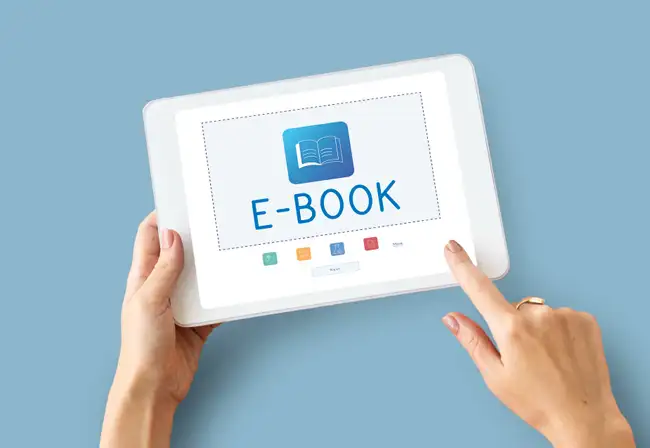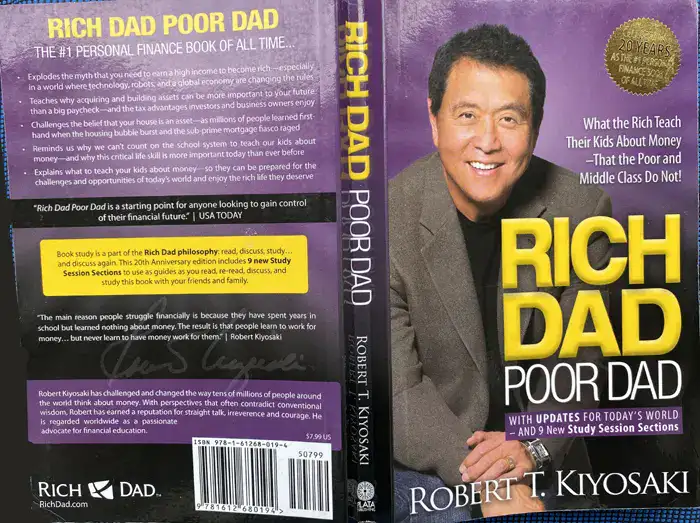Books IELTS Listening Reading Practice Books IELTS Listening Reading Practice IELTS Reading Practice Source: https://www.wikihow.com/Read-a-Book Skim the table of contents and index. Most books that are comprised of many smaller pieces have a clear table of contents to facilitate quickly jumping to a particular piece. Some also have an index at the end, which will list keywords and other important terms along with page numbers where each one appears. An effective way to jump into a book of poems or essays is to pick one that sounds interesting and flip to it, rather than starting at the very beginning. You can read this ...
Home » Listening Practice in English » Books IELTS Listening Reading Practice

Books IELTS Listening Reading Practice
Updated: by Dr. Mohammad Hossein Hariri Asl
Time to Read: 4 minutes | 316 Views | 31 Comments on Books IELTS Listening Reading Practice
Share This Post
About the Author
Dr. Mohammad Hossein Hariri Asl is an English and Persian instructor, educator, researcher, inventor, published author, blogger, SEO expert, website developer, entrepreneur, and the creator of LELB Society. He's got a PhD in TEFL (Teaching English as a Foreign Language).
Number of Posts: 4223



How much time does Bill Gates usually spend for reading book every night?
Corrections:
1. spend time doing sth (gerund) / on doing something
2. reading books / a book
How much time Bill Gates usually spend for reading a book every night?
Corrections:
How much time does Bill Gates spend …?
How can we skim books?
To skim books, focus on reading the titles, subtitles, headings, and subheadings. Scan the first and last sentences of each paragraph, and pay attention to any highlighted, bold, or italicized text. Look at summaries, bullet points, and any visual aids like charts or graphs to quickly grasp the main ideas and key points.
What does “Inhabit the writing inside the book ” mean?
“Inhabit the writing inside the book” means to deeply engage with and immerse oneself in the content of the book. It involves understanding the author’s perspective, connecting with the characters, feeling the emotions conveyed, and experiencing the story or ideas as if you were living them. This level of engagement allows readers to fully appreciate and internalize the nuances and messages of the writing.
What does cherry-pick mean when we read a book?
When we “cherry-pick” while reading a book, it means selectively choosing specific passages, quotes, or pieces of information that support a particular point or argument, often ignoring other parts that might contradict or provide a more balanced view. This approach can lead to a biased or incomplete understanding of the text.
8. What does “block out an hour” mean?
“Block out an hour” means to set aside or reserve an hour of time specifically for a particular task or activity, ensuring that no other commitments or interruptions will interfere during that period. It’s a way of scheduling time to focus on something important.
7. Can you read a book that you totally disagree with its context?
It’s better to put it in this way:
Can you read a book whose context you totally disagree with?
6. Why does he believe at least one hour a time need for reading a book?
Because reading books is a positive habit to form. Besides, reading books requires full concentration.
5. Why does he think using a paper book is a ridiculous idea while traveling?
Due to the portability issue attributed to paper books compared to e-books.
4. Why doesn’t he start “infinite jest” book?
“Infinite Jest” is a novel by David Foster Wallace, published in 1996. It is known for its complex and unconventional narrative structure, exploring themes of entertainment and the pursuit of happiness. The story is set in a halfway house for addicts and a tennis academy, featuring a wide array of characters and extensive endnotes that contribute to its encyclopedic nature. The novel is celebrated for its depth, humor, and philosophical insights, making it a significant work in contemporary literature.
3. why does take a long time for reading a book that he disagrees with that?
Corrections:
1. why ➡ Why
2. Why does it take a long time for him to read a book …
3. a book that he disagrees with / a book with which he disagrees.
2. Why does he take notes while he is reading a non-fiction book?
Because taking notes while reading is a legitimate conscious-raising activity.
How does he read en book? Does he try always to finish the book or when does he get the idea that book will accomplish he stops reading the book?
Corrections:
1. read en book ➡ read a book
2. does he always try to
He doesn’t let himself to read a book that he can’t finish it.
Corrections:
He doesn’t let himself read a book that he can’t finish.
let sb/sth do sth
“it” at the end of the sentence is redundant and should be omitted.
i dont have a comment now.
Corrections:
dont ➡ don’t
I can accept this comment only because this is the first time you are here.